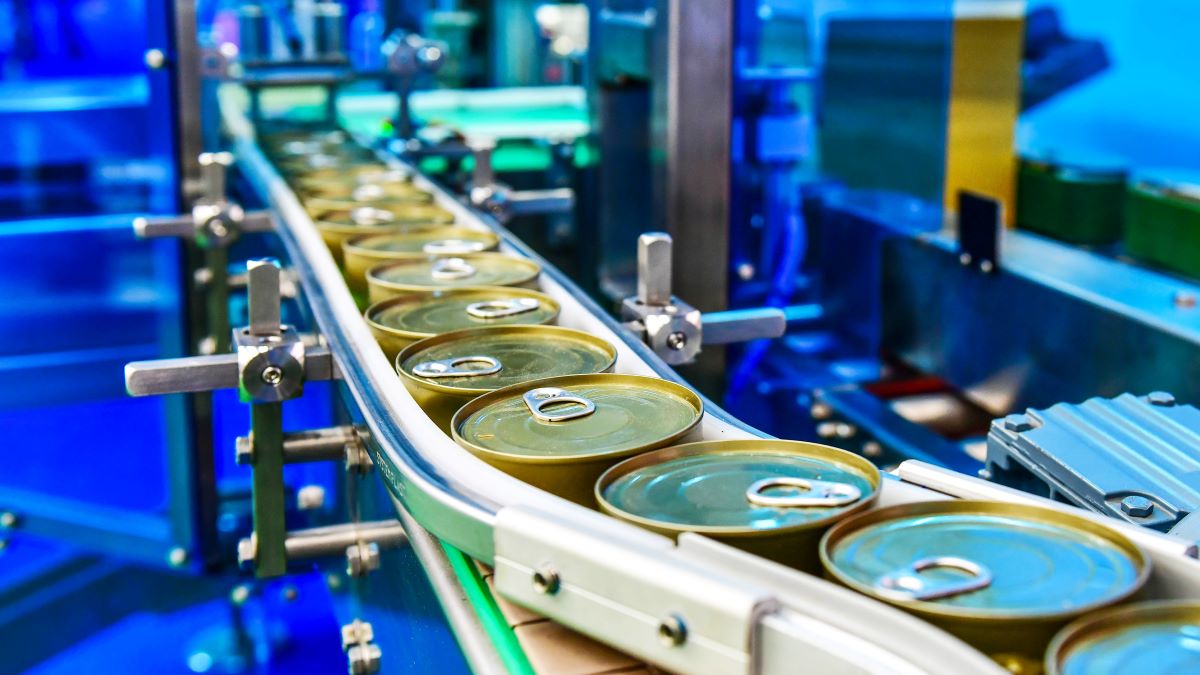Molecules, Vol. 30, Pages 3481: Sol–Gel Synthesized Silica/Sodium Alginate Hybrids: Comprehensive Physico-Chemical and Biological Characterization
Molecules doi: 10.3390/molecules30173481
Authors:
Antonio D’Angelo
Cecilia Mortalò
Lara Comune
Giuseppina Raffaini
Marika Fiorentino
Michelina Catauro
The development of biomaterials with tailored properties is indispensable for biomedical applications. In this study, amorphous silica/sodium alginate (SiO2/SA) hybrids were synthesized via the sol–gel method by incorporating 2, 5, and 8% sodium alginate into the silica matrix. The hybrids were characterized to evaluate their structural, surface, thermal, moisture-responsive, and biological properties. FTIR and XRD analyses confirmed the formation of organic–inorganic networks and amorphous structures. BET measurements revealed a specific surface area of 325 m2/g for SiO2/SA2%, decreasing with higher SA content to 104.3 m2/g for SiO2/SA8%; the moisture sorption capacity followed a similar trend. Thermal analysis indicated improved stabilization of the polymer within the silica matrix. Cytotoxicity tests on HaCaT (human keratinocyte) cells line revealed moderate toxicity for the SiO2/SA2% hybrid (~40% cell viability inhibition (CVI)), while increasing the SA content reduced cytotoxicity, with a CVI of 33% for SiO2/SA5% and ~15% for SiO2/SA8%, all within non-toxic ranges according to ISO standards. The SiO2/SA5% hybrid demonstrated the best balance between functional properties and biocompatibility. These preliminary results suggest that further optimization with intermediate SA concentrations (e.g., 6–7%) could further reduce cytotoxicity while maintaining desirable properties, supporting the potential of silica/sodium alginate hybrids in future biomedical applications.
Source link
Antonio D’Angelo www.mdpi.com


